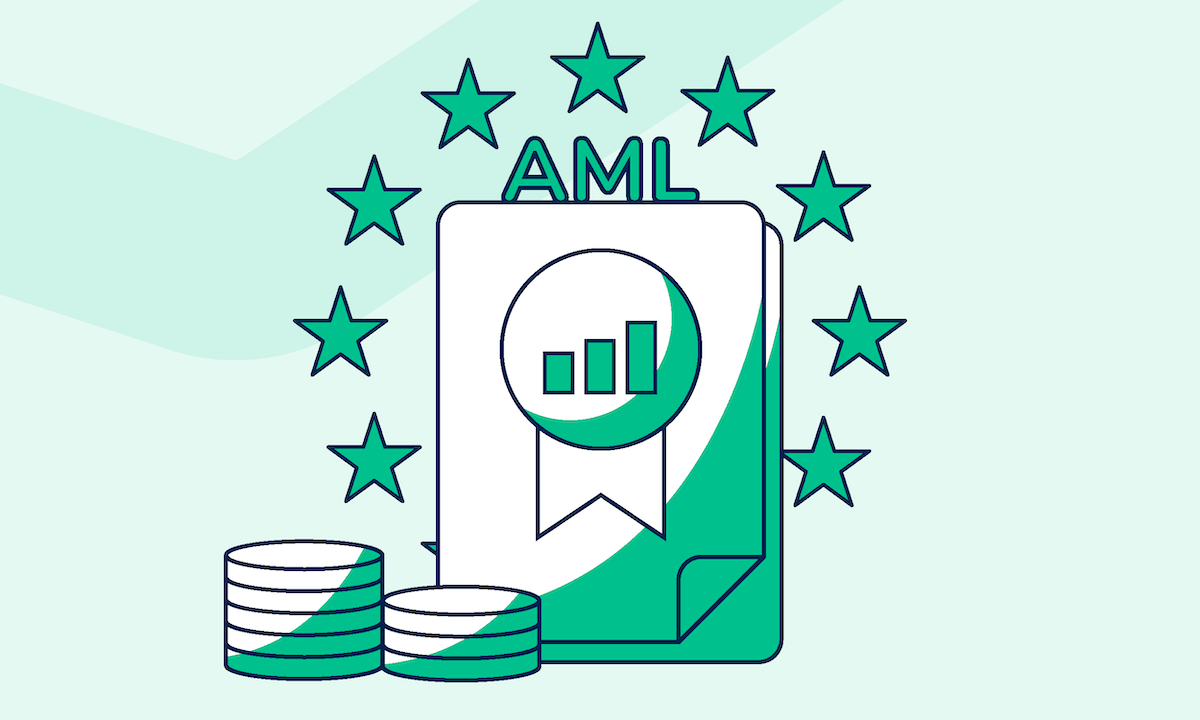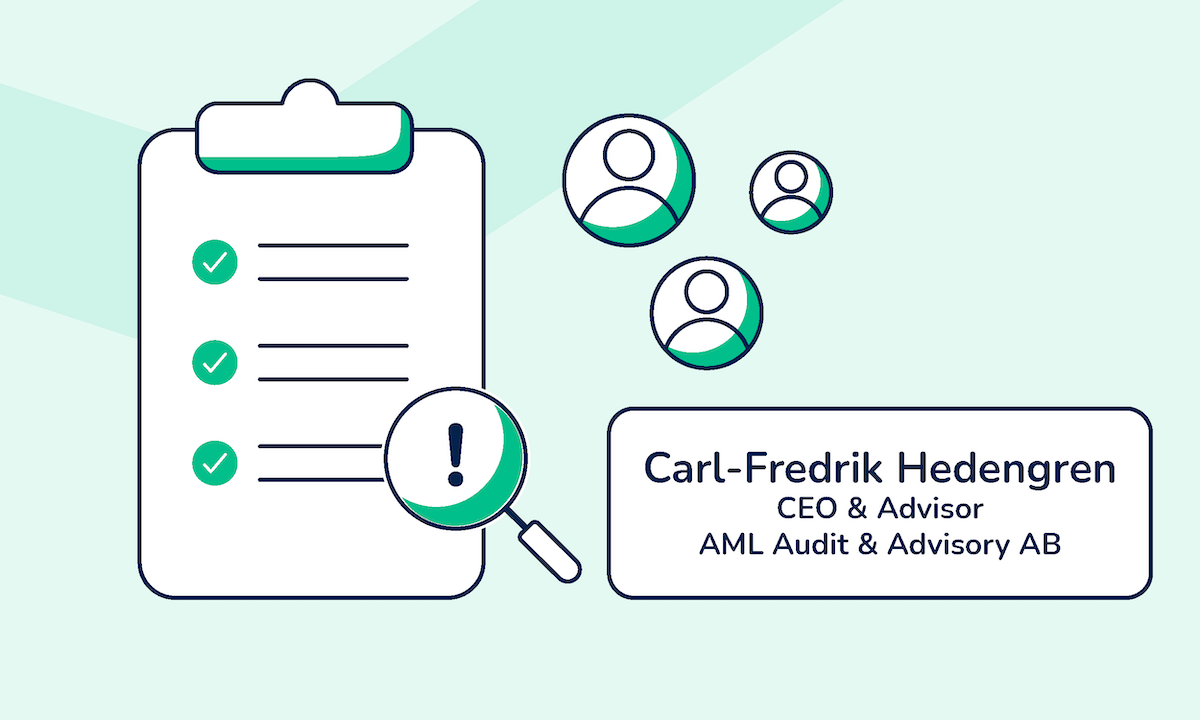When it comes to digital transformation, you need all hands on deck to ensure a smooth transition. Unfortunately, there will always be a few employees who, whether by their nature, lack of understanding, or wilful stubbornness, cause roadblocks that you need to overcome.
Digital transformation is the art of fusing technology with business. In other words, it’s about implementing new technologies into your day-to-day operations. This doesn’t necessarily mean technologies that have only just been released, but rather anything that’s unfamiliar to you and your business.
Digital transformation also covers using existing technology in new ways. For instance, using a different form of an application that you find works better. It’s often customer-driven, as businesses need to adapt and upgrade their use of technology to meet consumer expectations.
When it comes to your employees, nothing is more important than information. They need to know what will change, when, and, most importantly, why.
Informed employees are more motivated. And you need to get them motivated to ensure a smooth transition to new technologies or processes.
Here are four ways to get your personnel on board with your planned digital transformation.
1. Accounting for resistance to change
No matter how well you break the news to your employees, there will always be those who resist any planned changes. Accounting for this and figuring out how the resistance is most likely to occur allows you to remove obstacles before they appear.
The type of obstacles you’ll encounter usually depends on what you’re trying to implement. However, there are some similarities that will crop up across the board.
- difficulty switching to a new way of entering information
- difficulty using a new format or syntax
- difficulty understanding the end product of a procedure
Each of these challenges requires a different approach but can be solved by the same method — information. Nevertheless, be careful not to overload your staff, as they can only retain so much information at once.
2. Using a digital adoption platform
One of the most common issues you will run into when using new technology is that it takes time to learn how to use it. Every second spent learning is a second that isn’t spent working, and that represents a waste of potential productivity. Digital adoption solutions can help with this, at least when the issue you’re facing involves new software.
Digital adoption platforms, or solutions, are interfaces designed to overlay on top of existing software to provide guidance on how to use it. With digital adoption platforms, your employees can work while they learn.
3. Use change management
Change management is a strategic approach to different types of change, including digital transformation. Roughly, change management consists of three steps:
- Defining what you want to achieve (in this case, implementing the technology)
- Working backwards from that goal to determine how you will implement it
- Identifying potential challenges and how to overcome them
There are various change management models out there. But for employee-focused change management, we recommend the ADKAR model, the Kotter Eight Step Process, or the IT Infrastructure Library if you’re dealing with changes to IT infrastructure.
4. Creating a digital-first culture
A digital-first culture is one where employees will never do anything on paper unless it’s impossible to do it digitally. By fostering a digital culture in your teams, you can implement new tools easier as your staff already relies on technology for most of their daily tasks.
As a bonus, digital records help you easily track progress and identify opportunities for improvement. This decreases the amount of oversight your employees need and allows you to save time that would have otherwise been used in meetings and informative talks.
Wrapping up
Digital transformation is never easy, and having your personnel on board is an absolute must if you want to succeed. The above methods are guidelines that will help you figure out how best to adapt your employees to change, but they aren’t the be-all and end-all. Change is dynamic, and your approach to it should be too.





